Castles, with their imposing silhouettes and tales of grandeur, have captured the imagination of people throughout history. These formidable structures, initially built for defense, gradually evolved into magnificent palaces, reflecting the power and prosperity of their occupants. Today, largest castles in the world stand as testaments to architectural prowess and serve as beloved tourist destinations.
When did Castles appear?
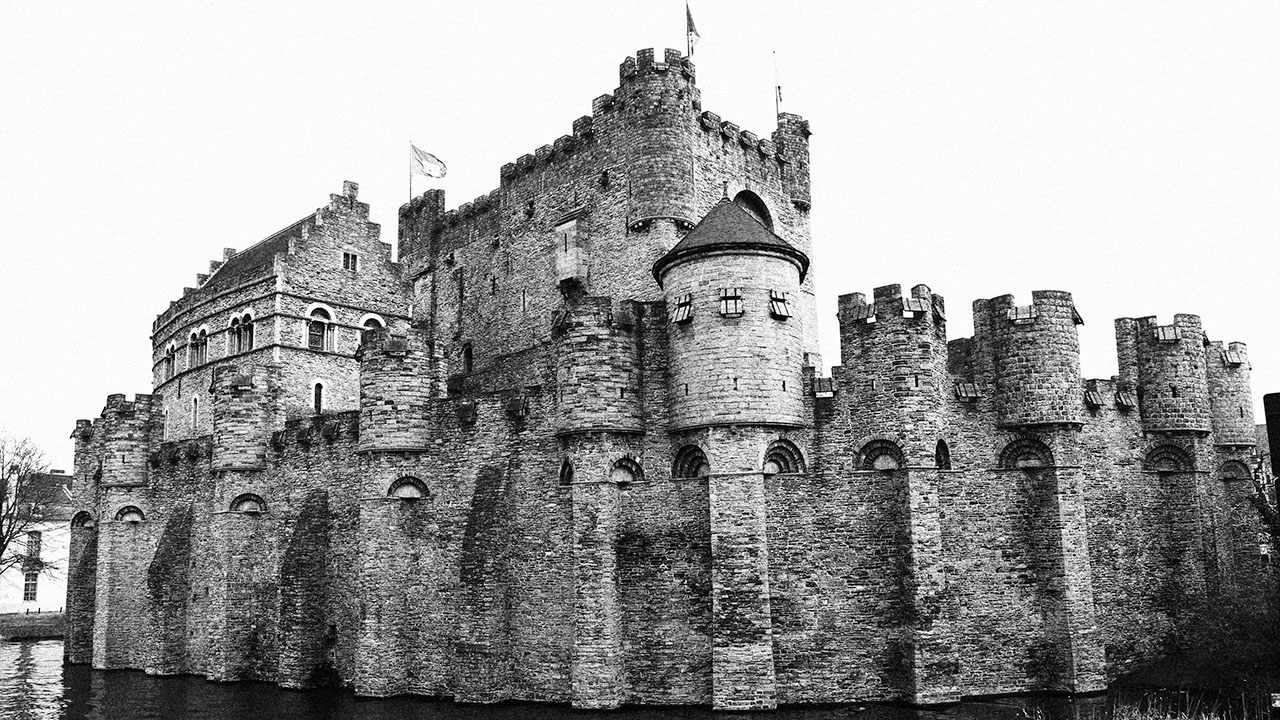
The origins of castles can be traced back to the 9th century, during the tumultuous era of feudalism in Europe. As power struggles intensified and the need for protection grew, fortified structures emerged on strategic hills and riverbanks. These early castles, primarily made of timber, gradually transformed into stone fortresses as technology advanced.
Early Castles
In their earliest form, castles were simple motte-and-bailey structures, consisting of a wooden or stone tower (motte) surrounded by an enclosed courtyard (bailey). These basic fortifications provided shelter and enabled defensive strategies against invaders.
Medieval Castles
As kingdoms solidified and the need for more sophisticated defenses arose, castles evolved into grandiose stone constructions. Intricate architectural designs, such as concentric rings of walls, towers, and gatehouses, were developed to withstand siege weapons and prolong resistance against enemy forces.
Top 10 largest castles in the world
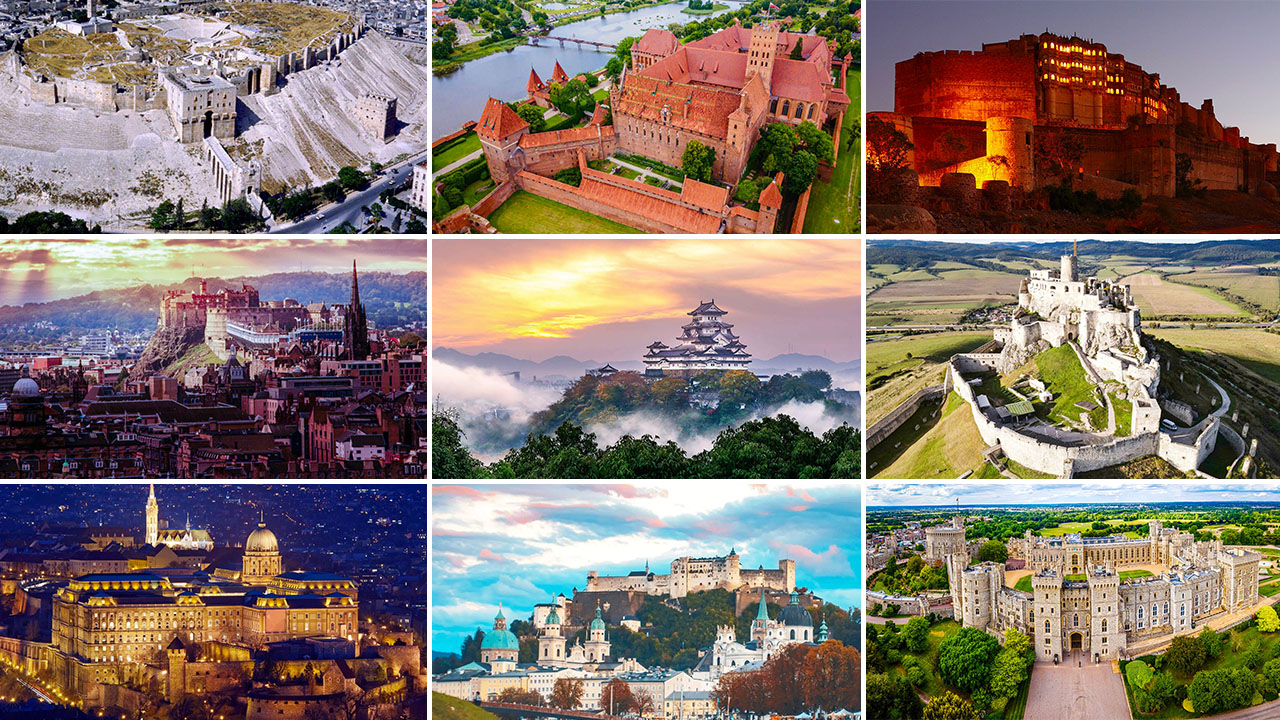
Identifying the largest castles in the world are not simple. Definitions vary, and measuring size can be tricky. Prague Castle is the biggest by area, while Windsor Castle is described as the largest inhabited one. We selected castles based on floor space in square meters. Renovations can complicate exact measurements, but these castles are undeniably grand.
| Rank | Castle Name | Size |
| 1 | Malbork Castle, Poland | 143,591 square meters |
| 2 | Mehrangarh Fort, India | 81,227 square meters |
| 3 | Prague Castle, Czech Republic | 66,761 square meters |
| 4 | Windsor Castle, United Kingdom | 54,835 square meters |
| 5 | Hohensalzburg Fortress, Austria | 54,523 square meters |
| 6 | Spiš Castle, Slovakia | 49,485 square meters |
| 7 | Buda Castle, Hungary | 44,674 square meters |
| 8 | Himeji Castle, Japan | 41,468 square meters |
| 9 | Citadel of Aleppo, Syria | 39,804 square meters |
| 10 | Edinburgh Castle, Scotland | 35,737 square meters |
Malbork Castle
- Location: Poland
- Size: 143,591 square meters
- Built: 13th century
- Entry Fee: Varies, consult official website
- Opening Hours: 9:00 to 19:00
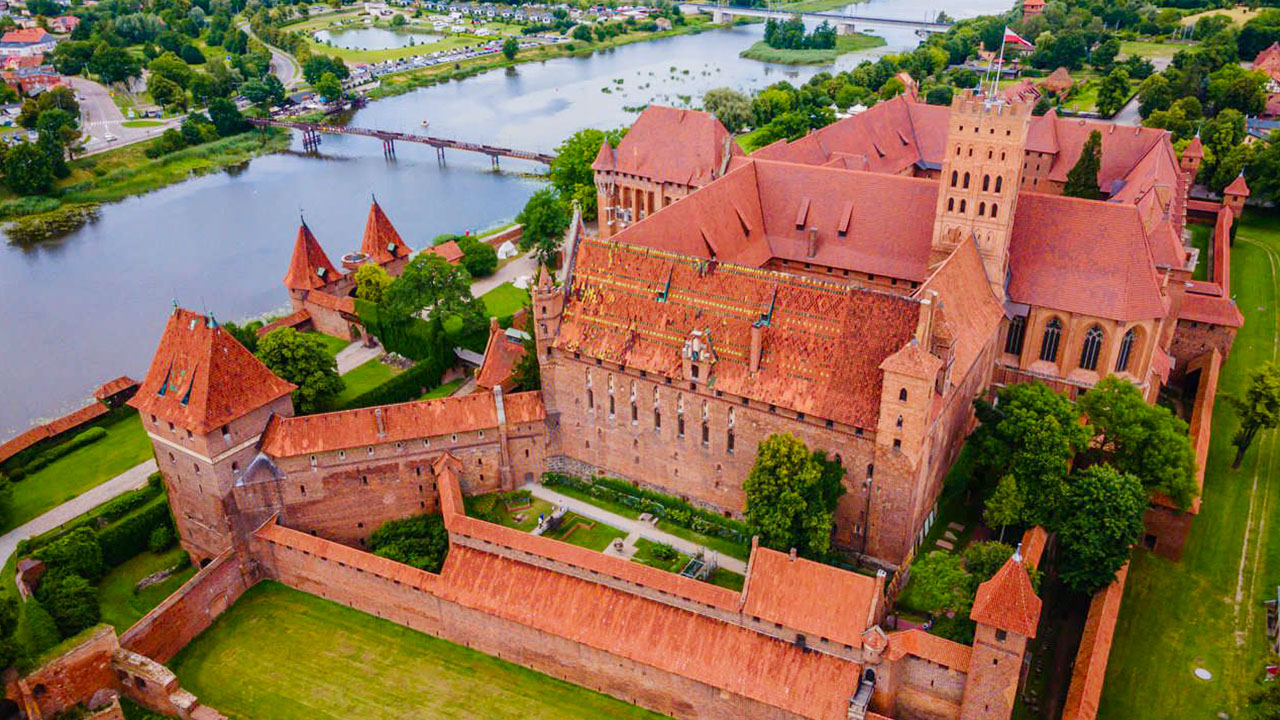
Malbork Castle is a sprawling Teutonic fortress nestled amidst the wetlands of northern Poland. Constructed in the 13th century by the Teutonic Order, Malbork was once the largest brick castle in Europe. Its intricate network of courtyards, towers, and moats bears witness to the power and wealth of the medieval Teutonic Knights.
Architectural Marvels
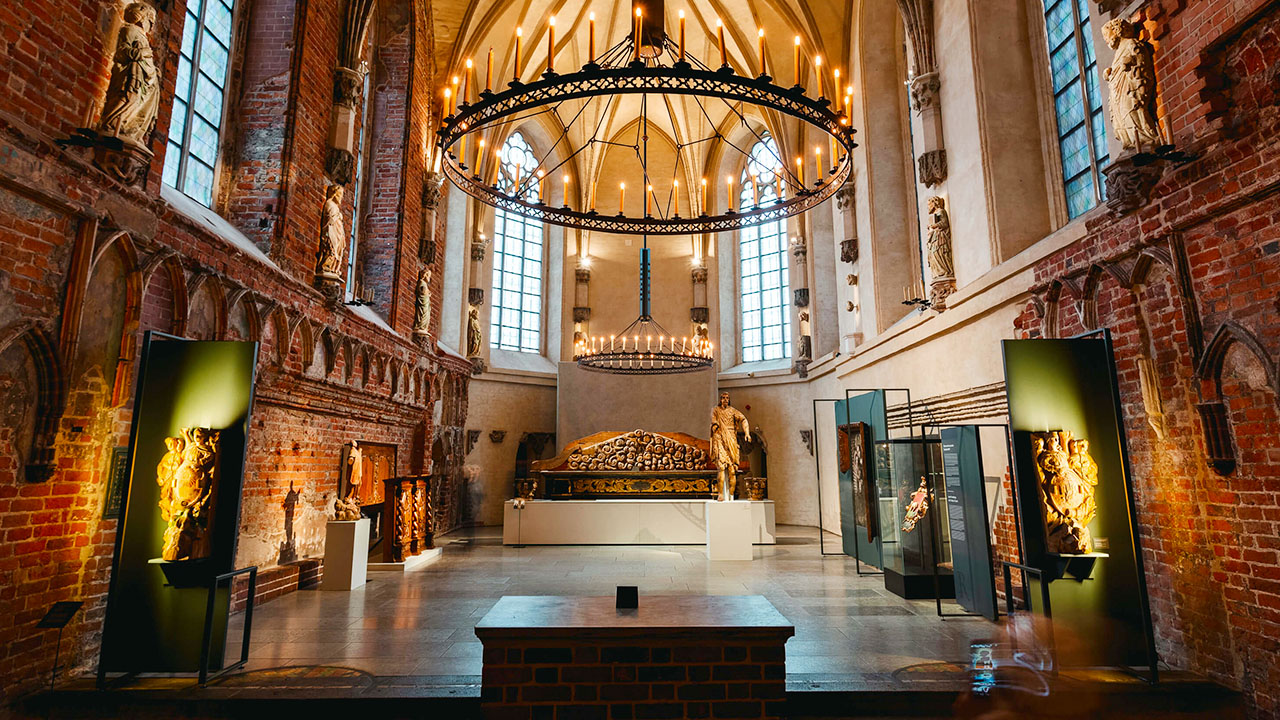
Malbork Castle is a true architectural marvel, with its imposing red brick walls stretching for over 3 kilometers. The castle’s iconic features include the High Gate, the Blessed Virgin Mary Church, and the Grand Masters’ Palace, all showcasing the skilled craftsmanship of the Teutonic builders.
Teutonic Legacy
The castle served as the administrative and defensive headquarters of the Teutonic Order, a powerful Catholic military order that controlled vast territories in the region. Today, Malbork Castle is a UNESCO World Heritage Site, offering visitors a glimpse into the fascinating history and legacy of the Teutonic Knights.
Mehrangarh Fort
- Location: Jodhpur, Rajasthan, India
- Size: 81,227 square meters
- Built: 15th century
- Entry Fee: Varies, consult official website
- Opening Hours: 9:00 to 17:00
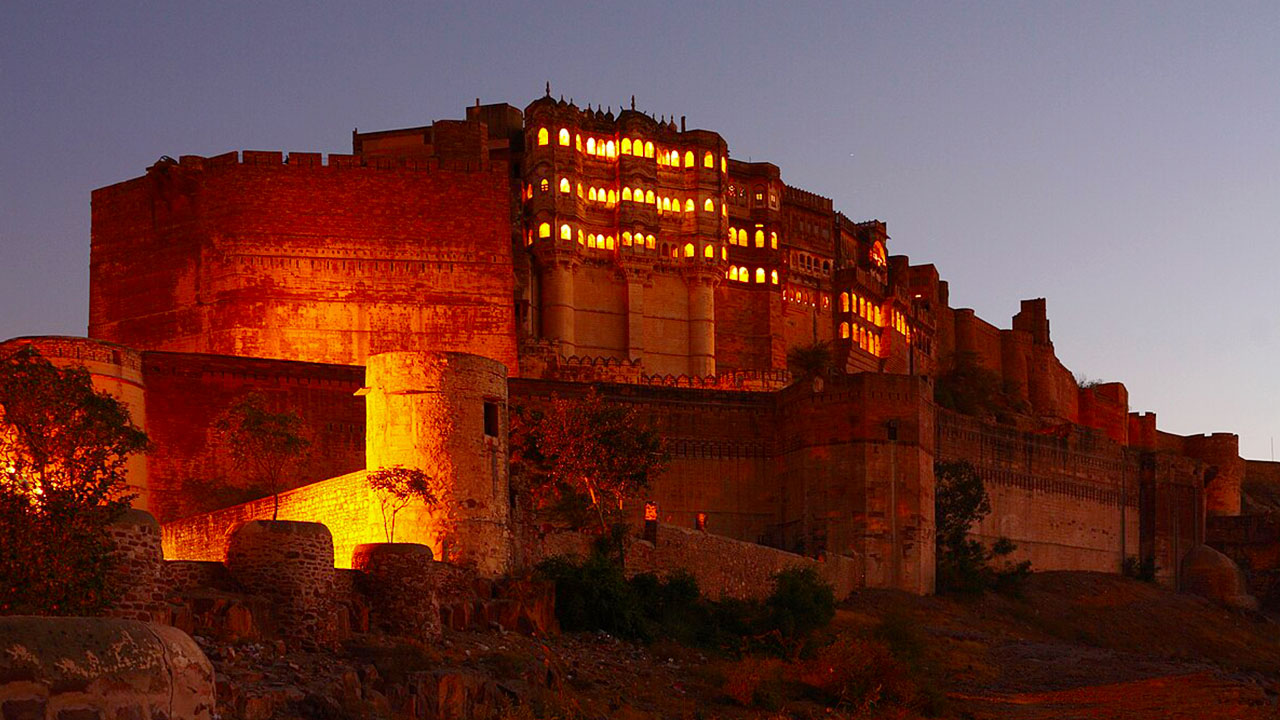
Perched atop a rocky hill overlooking the blue city of Jodhpur in Rajasthan, India, Mehrangarh Fort is a magnificent Rajput stronghold. Its massive walls, studded with ornate gates, enclose a labyrinth of palaces, temples, and courtyards. Mehrangarh proudly stands as a symbol of Rajput valor and remains remarkably well-preserved.
Rajput Architecture
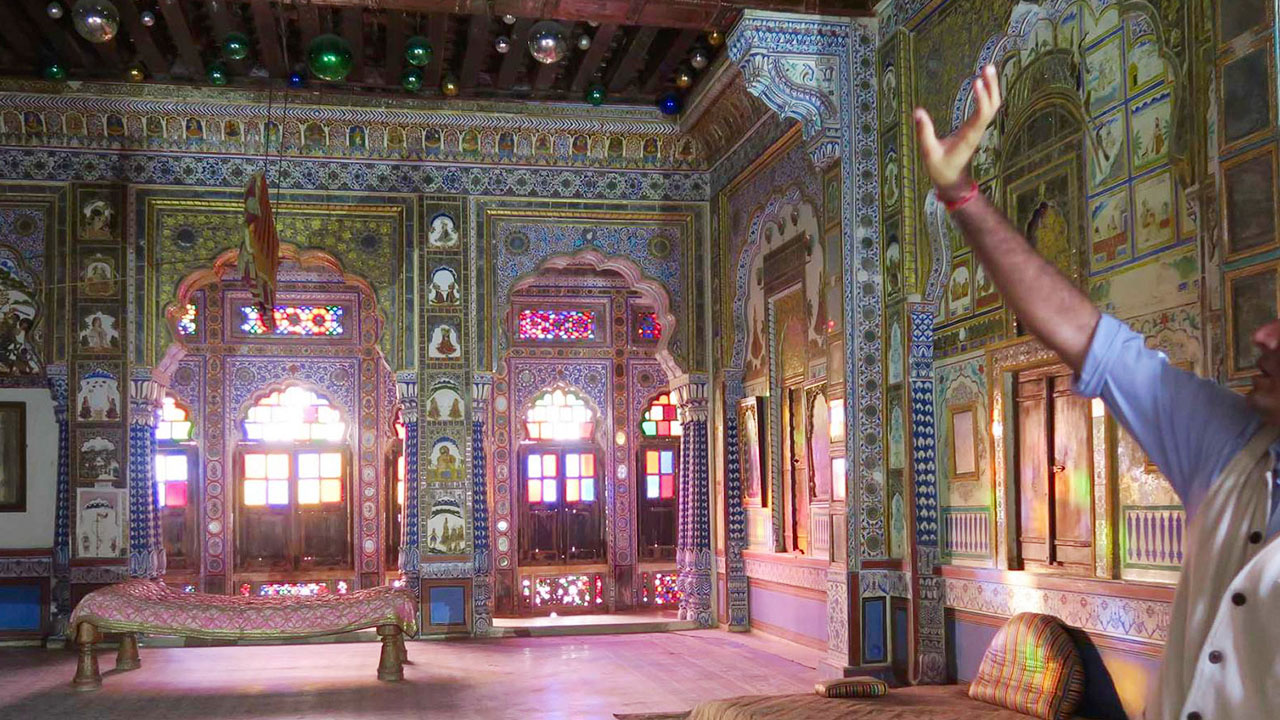
Mehrangarh Fort showcases the distinctive Rajput architectural style, characterized by intricate carvings, latticed windows, and beautifully decorated palaces. The fort’s main attractions include the Sheesh Mahal (Mirror Palace), the Phool Mahal (Flower Palace), and the Moti Mahal (Pearl Palace), each reflecting the opulence and artistic mastery of the Rajput rulers.
Living Heritage
Despite its imposing fortifications, Mehrangarh Fort is not just a relic of the past; it is a living heritage site. The royal family of Jodhpur still resides within the fort’s premises, preserving the traditions and customs of the Rajput legacy.
Prague Castle
- Location: Prague, Czech Republic
- Size: 66,761 square meters
- Built: 9th century
- Entry Fee: Varies, consult official website
- Opening Hours: 9:00 to 18:00
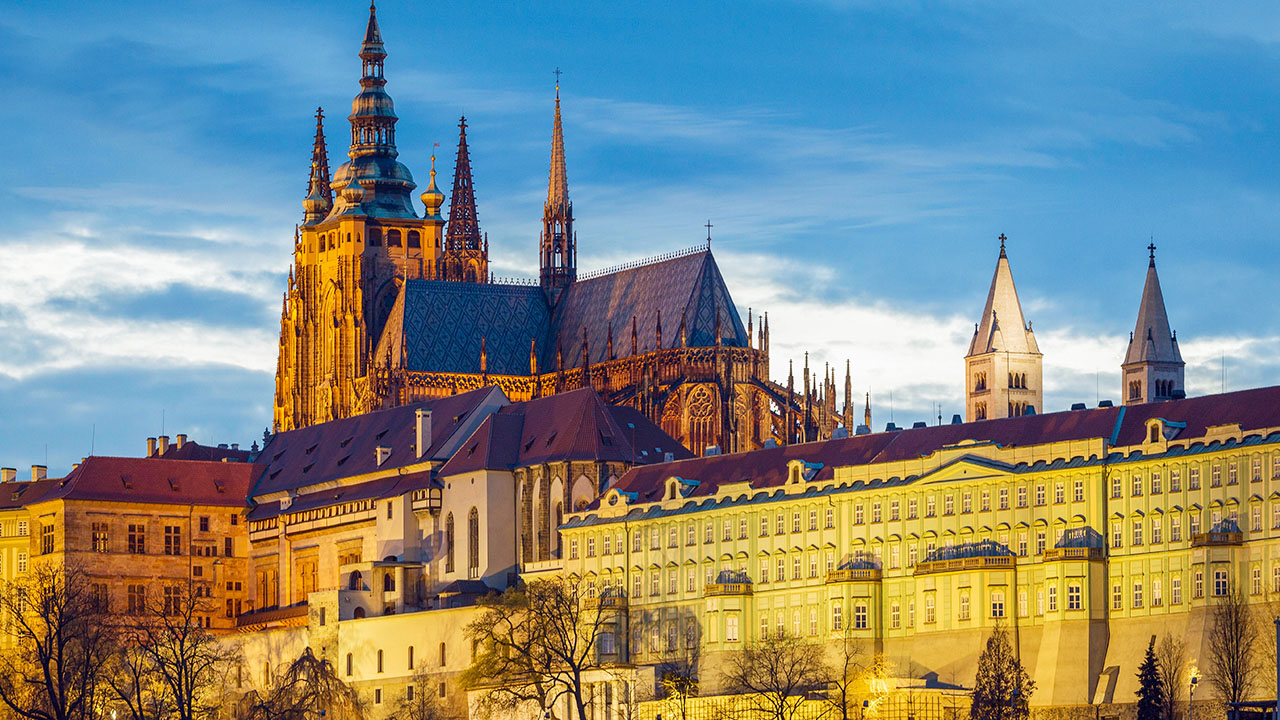
Prague Castle, a stunning complex situated on Hradčany Hill in the heart of Prague, is considered the largest ancient castle in the world. Its origins date back to the 9th century, and over the centuries, it has served as the residence of Bohemian kings, Holy Roman emperors, and the presidents of Czechoslovakia and the Czech Republic. Prague Castle boasts an awe-inspiring collection of architectural styles, including Gothic, Renaissance, and Baroque.
St. Vitus Cathedral
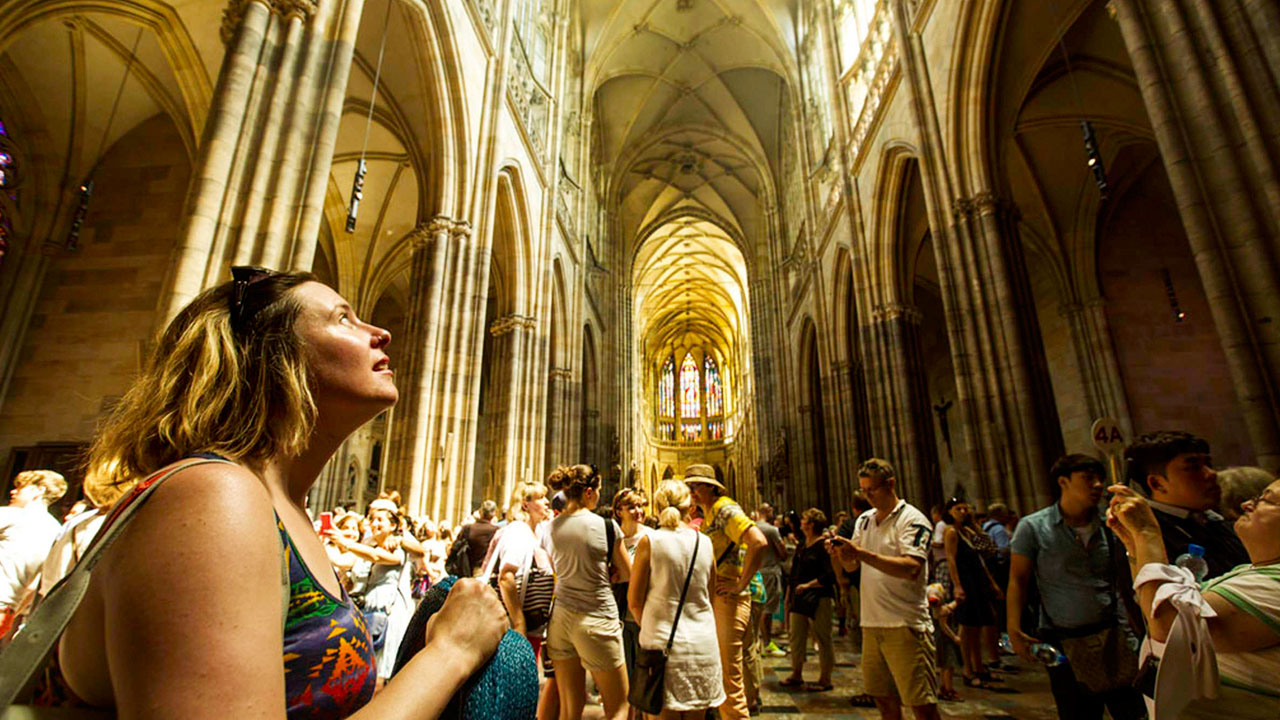
One of the most iconic structures within Prague Castle is the magnificent St. Vitus Cathedral. This Gothic masterpiece took over six centuries to complete and features intricate stained glass windows, ornate chapels, and a soaring central spire that dominates the city’s skyline.
Golden Lane
Another must-visit attraction within Prague Castle is the Golden Lane, a charming street lined with tiny, colorful houses that once housed the castle’s guards and servants. Today, these houses serve as fascinating museums, offering a glimpse into the lives of those who lived and worked within the castle’s walls.
Windsor Castle
- Location: Windsor, Berkshire, United Kingdom
- Size: 54,835 square meters
- Built: 11th century
- Entry Fee: Varies, consult official website
- Opening Hours: 9:45- 17:15
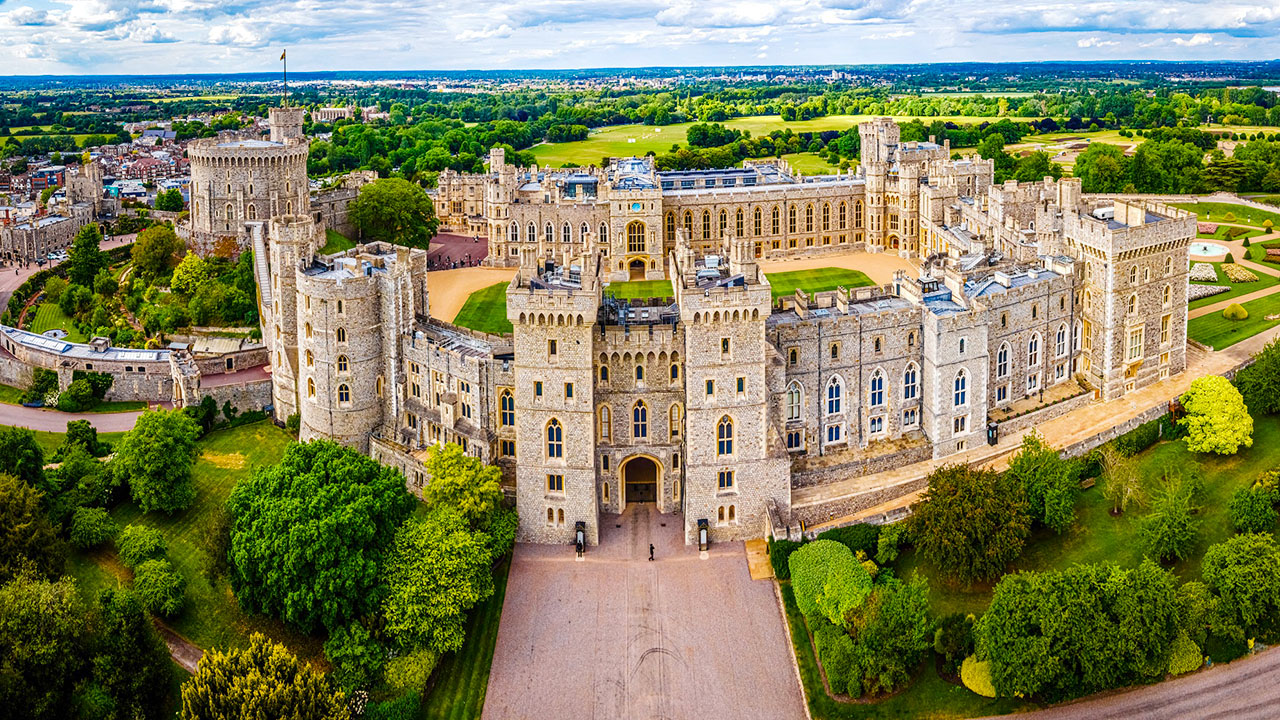
Windsor Castle, a royal residence located just west of London, is the oldest and largest inhabited castle in the world. Its construction began in the 11th century by William the Conqueror, and since then, it has witnessed centuries of British history. Windsor Castle is a primary residence of the British monarch and continues to be used for official ceremonies and state functions.
State Apartments
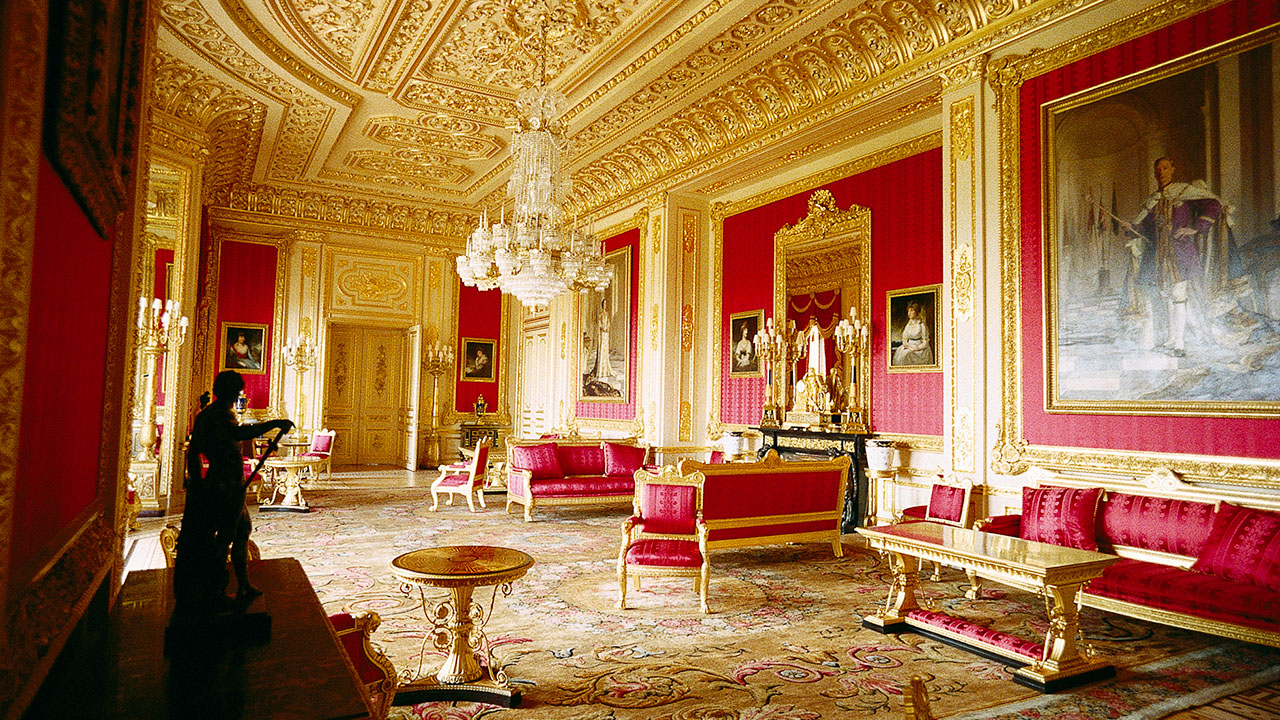
The State Apartments within Windsor Castle are a magnificent display of opulence and grandeur. These lavishly decorated rooms, such as the Grand Reception Room and the Waterloo Chamber, were designed to impress and entertain royal guests throughout history.
St. George’s Chapel
St. George’s Chapel, a stunning Gothic masterpiece located within the castle grounds, is one of the most prestigious places of worship in England. It has been the site of numerous royal weddings, including the recent nuptials of Prince Harry and Meghan Markle.
Hohensalzburg Castle
- Location: Salzburg, Austria
- Size: 54,523 square meters
- Built: 11th century
- Entry Fee: Varies, consult official website
- Opening Hours: 9:00 to 19:00
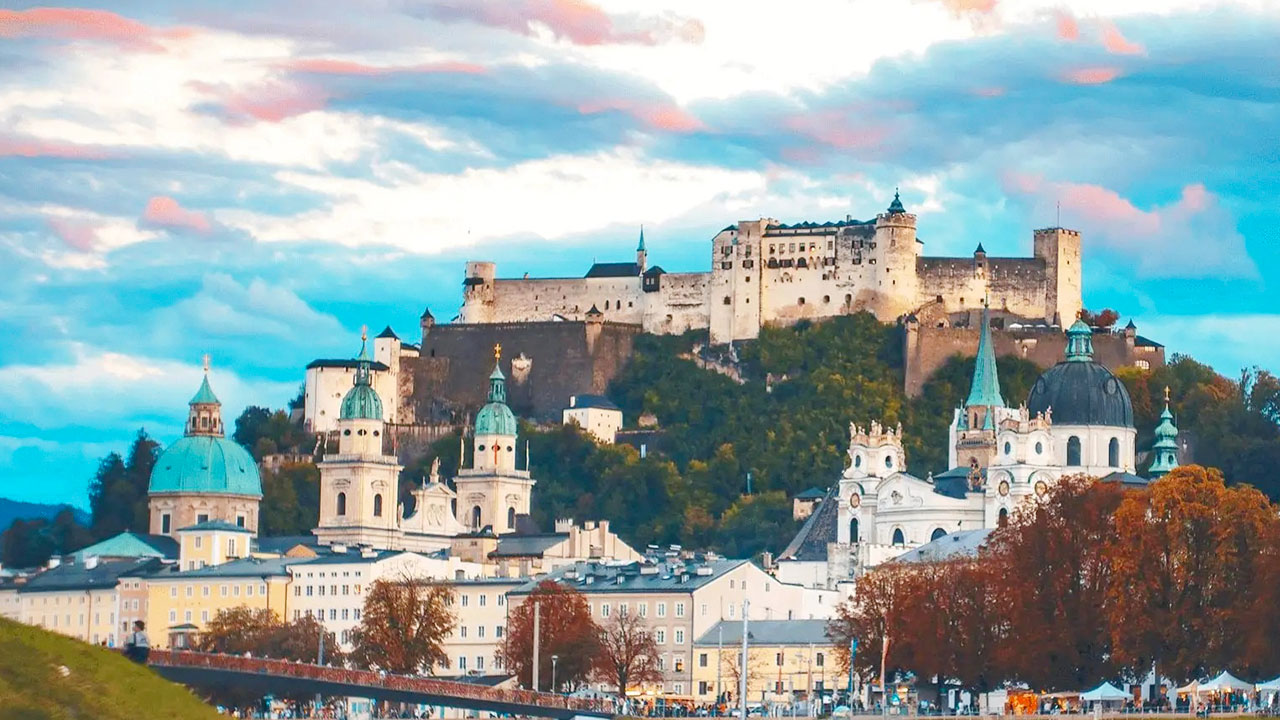
Towering over the historic city of Salzburg, Hohensalzburg Castle is a formidable fortress dating back to the 11th century. Its strategic location on Festungsberg Mountain has made it an impregnable bastion throughout its history. Hohensalzburg Castle offers panoramic views of Salzburg and its surrounding countryside, and houses a fascinating museum displaying the castle’s rich past.
Funicular Railway
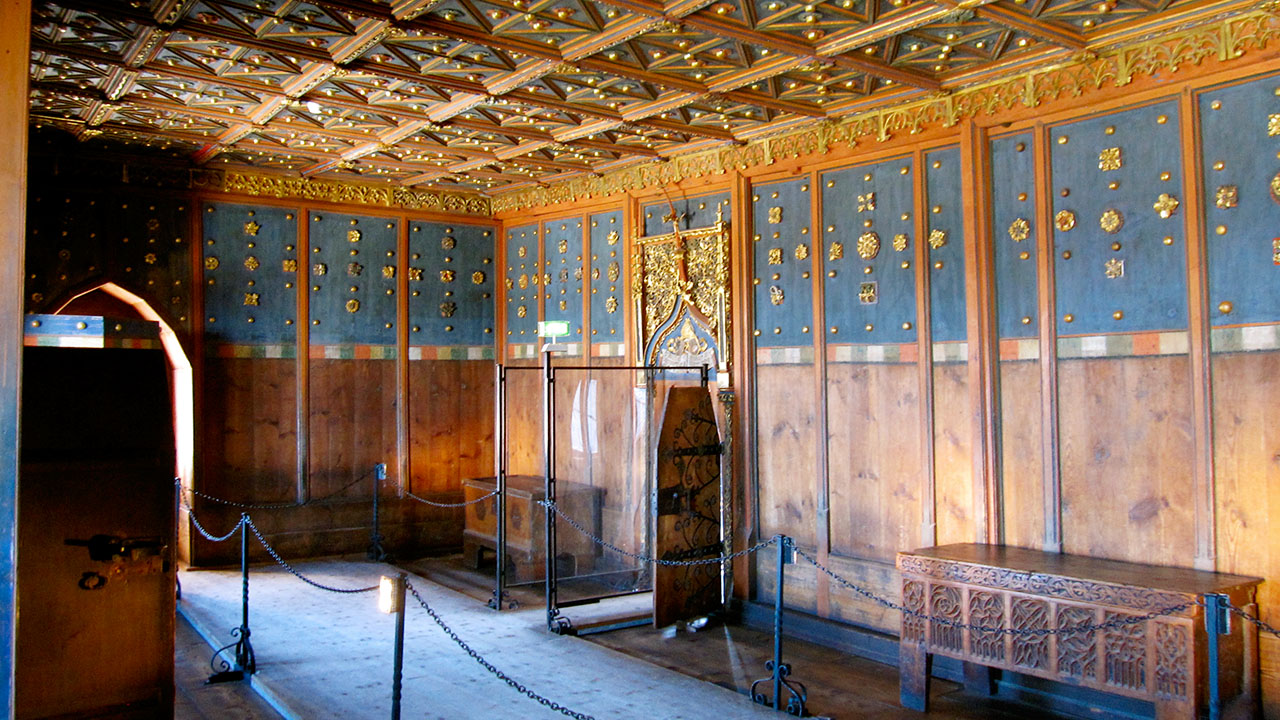
One of the unique features of Hohensalzburg Castle is the funicular railway that transports visitors from the city center to the castle’s entrance. This convenient mode of transportation adds to the overall experience of visiting this towering fortress.
Prince’s Apartments
The Prince’s Apartments within Hohensalzburg Castle showcase the luxurious lifestyle of the ruling archbishops who resided there. These lavishly decorated rooms feature ornate frescoes, intricate stucco work, and exquisite furnishings, providing a glimpse into the opulent world of the nobility.
Spis Castle
- Location: Spišské Podhradie, Slovakia
- Size: 49,485 square meters
- Built: 13th century
- Entry Fee: Varies, consult official website
- Opening Hours: 9:00 – 18:00
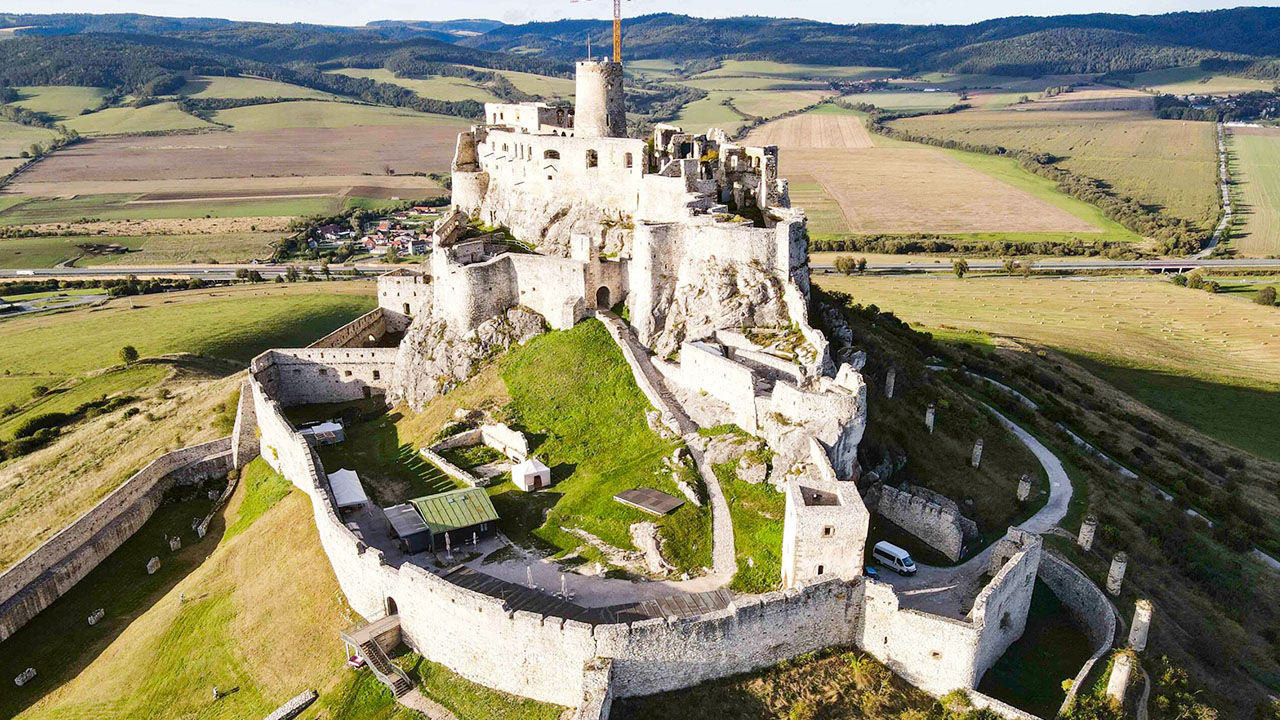
Located in eastern Slovakia, Spis Castle is a well-preserved medieval fortress perched on a rugged hilltop overlooking the surrounding countryside. The castle’s origins can be traced back to the 13th century, and it served as a strategic stronghold for the Hungarian monarchy. Spis Castle’s remote location and impressive architecture make it a must-visit destination for history enthusiasts.
Fortifications and Defense
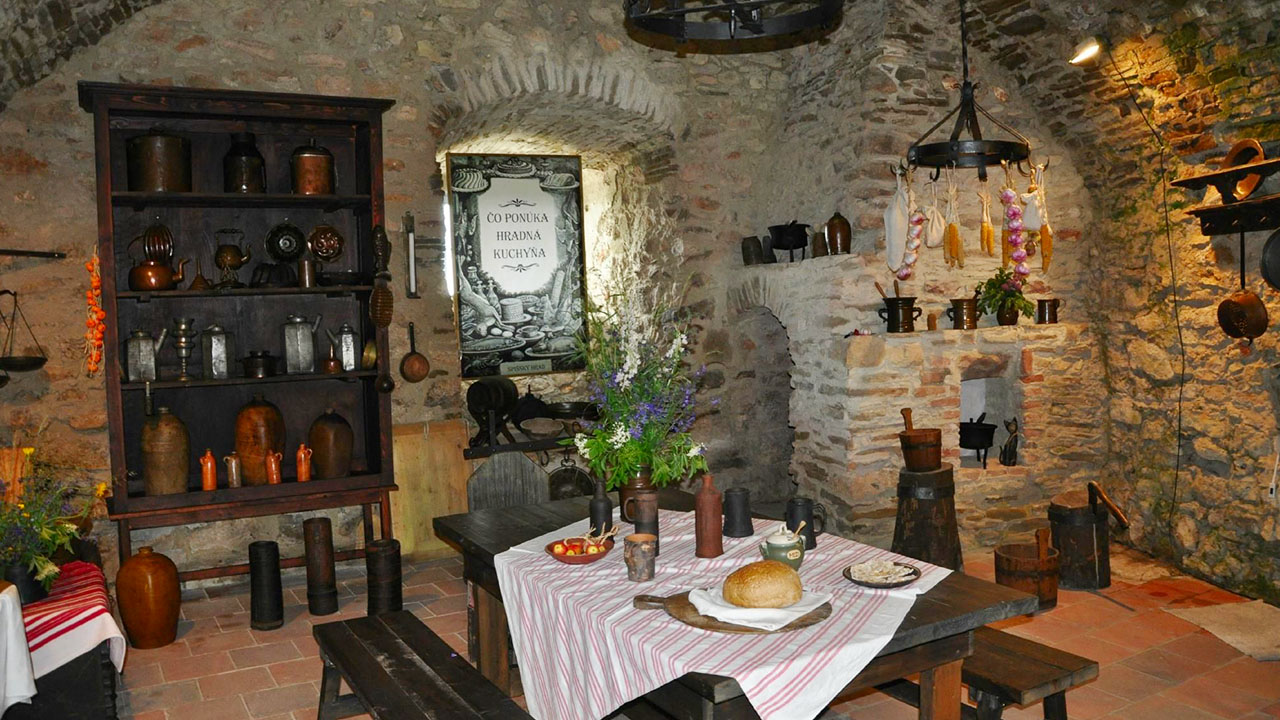
Spis Castle features a series of fortifications designed to withstand sieges and attacks. Its massive walls, towers, and bastions were carefully constructed to provide multiple layers of defense, ensuring the safety of those within the castle’s walls.
Living History
Today, Spis Castle is a living museum, offering visitors the opportunity to experience medieval life through interactive exhibits and reenactments. From blacksmithing demonstrations to falconry displays, this castle brings history to life in a captivating way.
Buda Castle
- Location: Budapest, Hungary
- Size: 44,674 square meters
- Built: 13th century
- Entry Fee: Free
- Opening Hours: 10:00 to 19:00
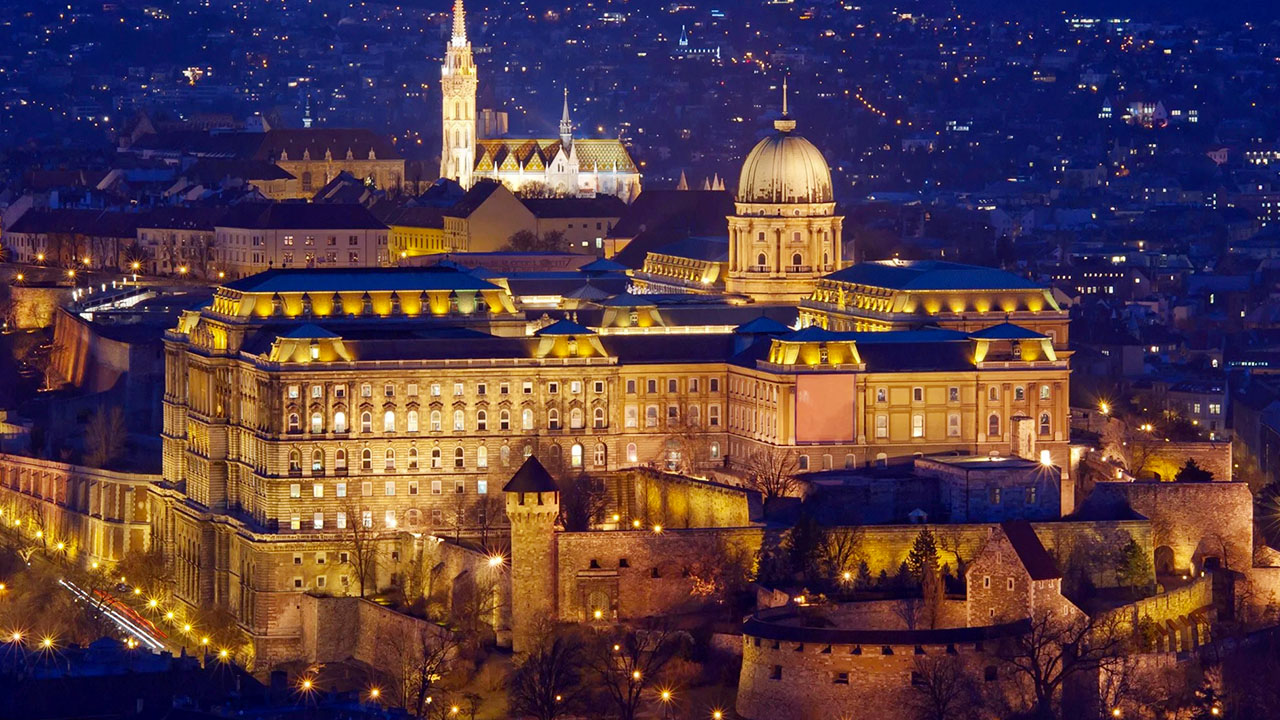
Buda Castle is a sprawling complex of palaces, museums, and churches situated on Castle Hill in Budapest. Its construction began in the 13th century, and over the centuries, it has been rebuilt and expanded by successive Hungarian rulers. Buda Castle offers stunning panoramic views of the city and houses a collection of valuable historical artifacts and artworks.
Matthias Church
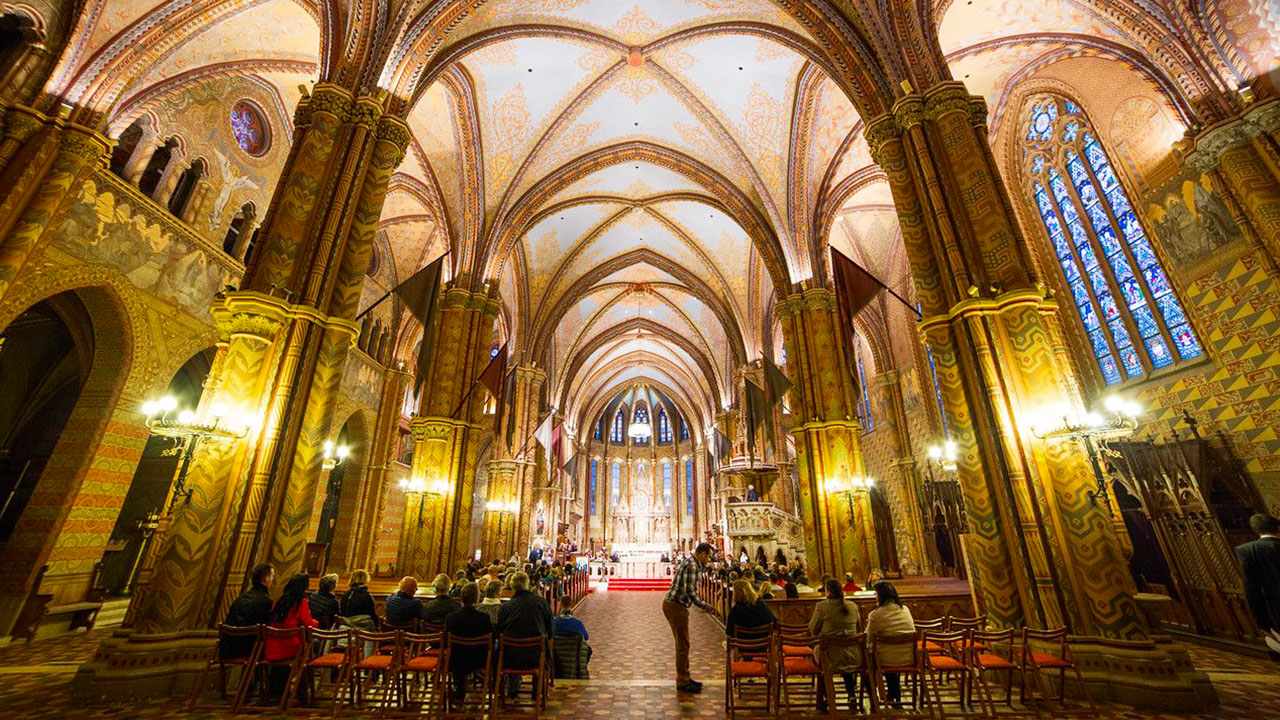
One of the most iconic structures within Buda Castle is the Matthias Church, a stunning example of Gothic and Renaissance architecture. Its colorful roof tiles, intricate stone carvings, and impressive interior make it a true architectural gem.
Hungarian National Gallery
The Hungarian National Gallery, located within the castle complex, is a must-visit destination for art enthusiasts. It houses an extensive collection of Hungarian and European artworks, including masterpieces by renowned artists such as El Greco, Rubens, and Raphael.
Himeji Castle
- Location: Himeji, Hyōgo Prefecture, Japan
- Size: 41,468 square meters
- Built: 14th century
- Entry Fee: Varies, consult official website
- Opening Hours: 9:00 to 17:00
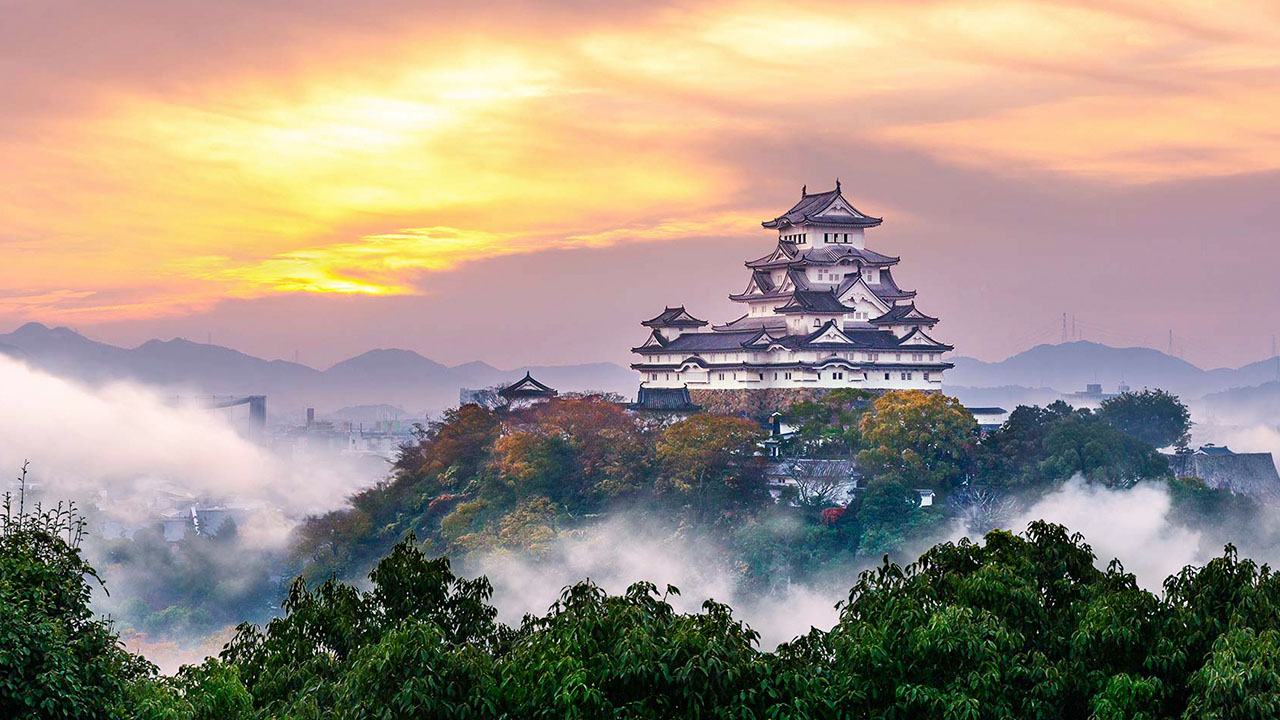
Himeji Castle, also known as the “White Heron Castle,” is a stunning example of Japanese castle architecture and is considered one of the most impressive and well-preserved castles in the country. This UNESCO World Heritage Site is renowned for its pristine white exterior and intricate defensive systems.
Architectural Marvel
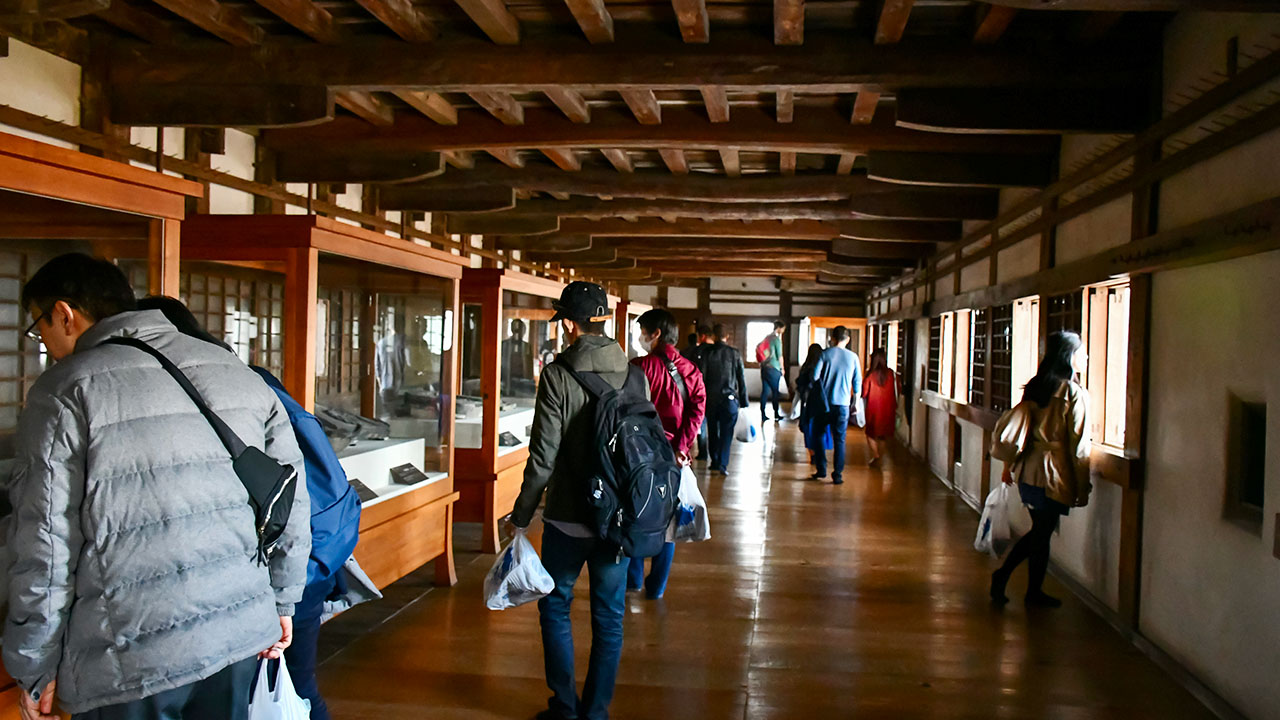
Himeji Castle features a complex layout with multiple concentric rings of fortifications, including labyrinthine passages, gates, and towers designed to confuse and deter invaders. The castle’s iconic white exterior, made of carefully selected and assembled stones, is a true masterpiece of engineering and aesthetics.
Cultural Significance
Beyond its architectural splendor, Himeji Castle holds immense cultural significance in Japan. It has been featured in numerous films, literature, and art, becoming a symbol of Japanese resilience and pride. Visiting this castle provides an opportunity to immerse yourself in the country’s rich history and traditions.
Citadel of Aleppo
- Location: Aleppo, Syria
- Size: 39,804 square meters
- Built: 10th century
- Entry Fee: Varies, consult official website
- Opening Hours: 9:00 – 16:00
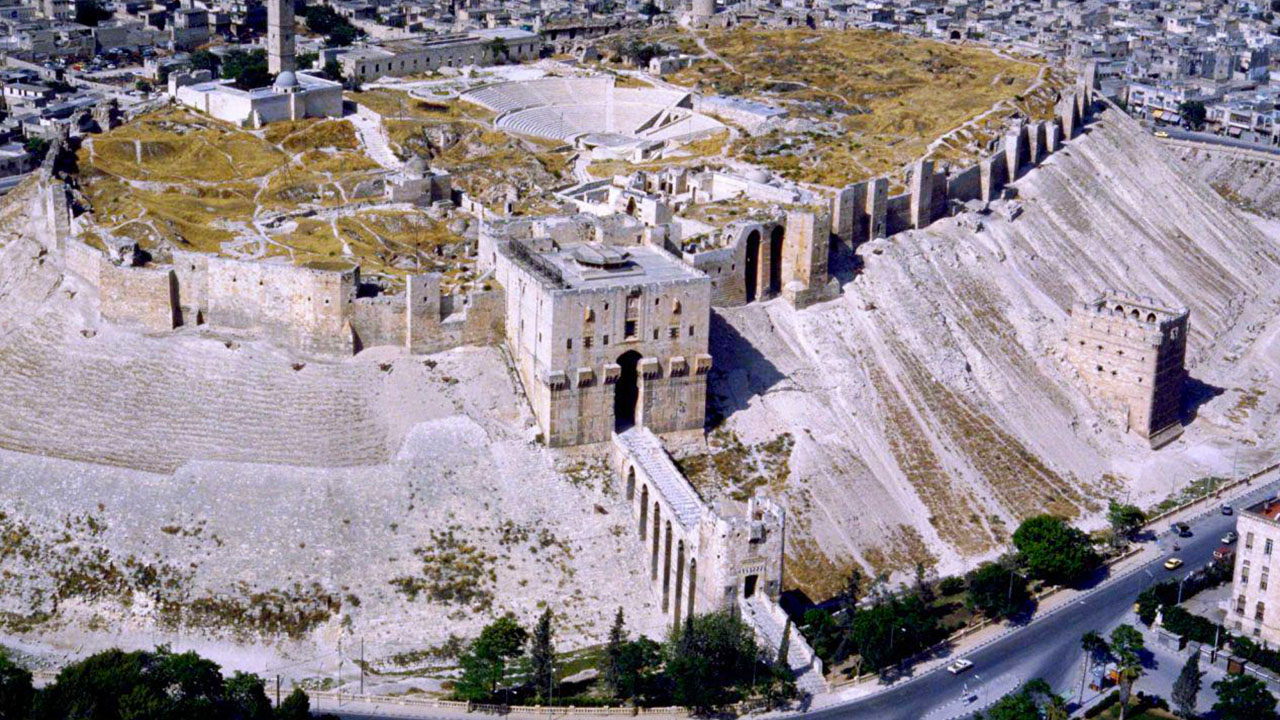
The Citadel of Aleppo, a massive fortified palace situated on a hill in the ancient city of Aleppo, Syria, is one of the oldest castles in the world. Dating back to the 10th century, this UNESCO World Heritage Site has witnessed centuries of conflict and cultural exchange, serving as a testament to the region’s rich history.
Layers of History
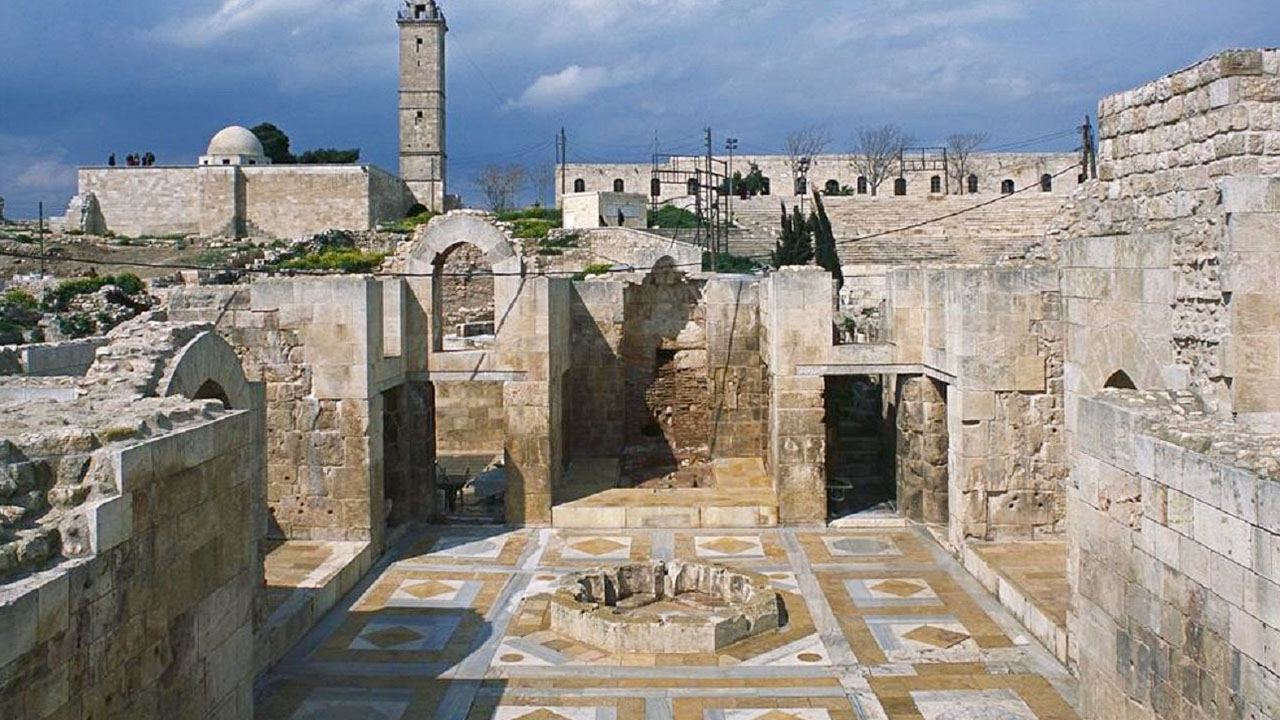
The Citadel of Aleppo is a remarkable example of architectural layering, with structures from various eras coexisting within its walls. From the ancient Hellenic and Roman foundations to the later Byzantine, Ayyubid, and Ottoman additions, each layer adds to the castle’s unique character and significance.
Strategic Importance
Throughout its long history, the Citadel of Aleppo has played a crucial strategic role, controlling trade routes and serving as a formidable defensive stronghold. Its imposing walls, towers, and gates are a testament to the ingenuity of medieval fortifications and their ability to withstand sieges and attacks.
Edinburgh Castle
- Location: Edinburgh, Scotland, United Kingdom
- Size: 35,737 square meters
- Built: 12th century
- Entry Fee: Varies, consult official website
- Opening Hours: 9:30 to 18:00
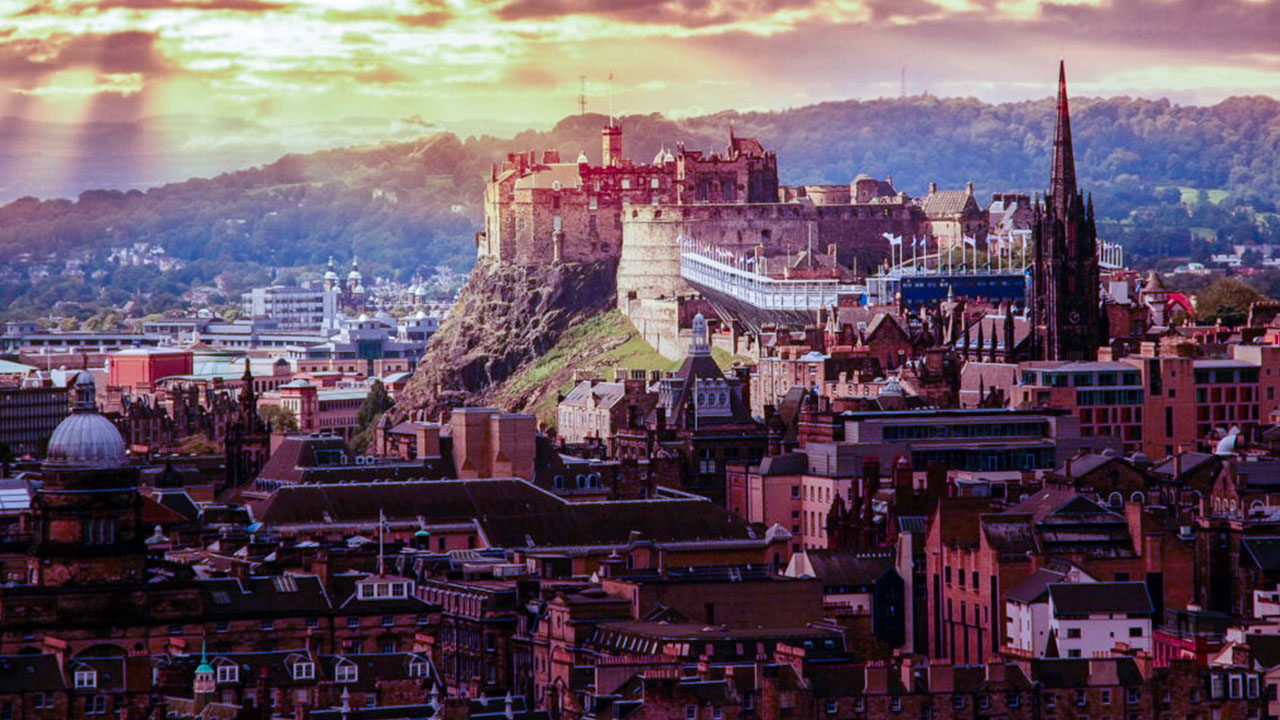
Perched atop an imposing rock formation in the heart of Edinburgh, Scotland, Edinburgh Castle is a magnificent medieval fortress that has been at the center of Scottish history for centuries. Its strategic location and impressive architecture have made it an iconic symbol of Scotland‘s rich cultural heritage.
Royal Residence
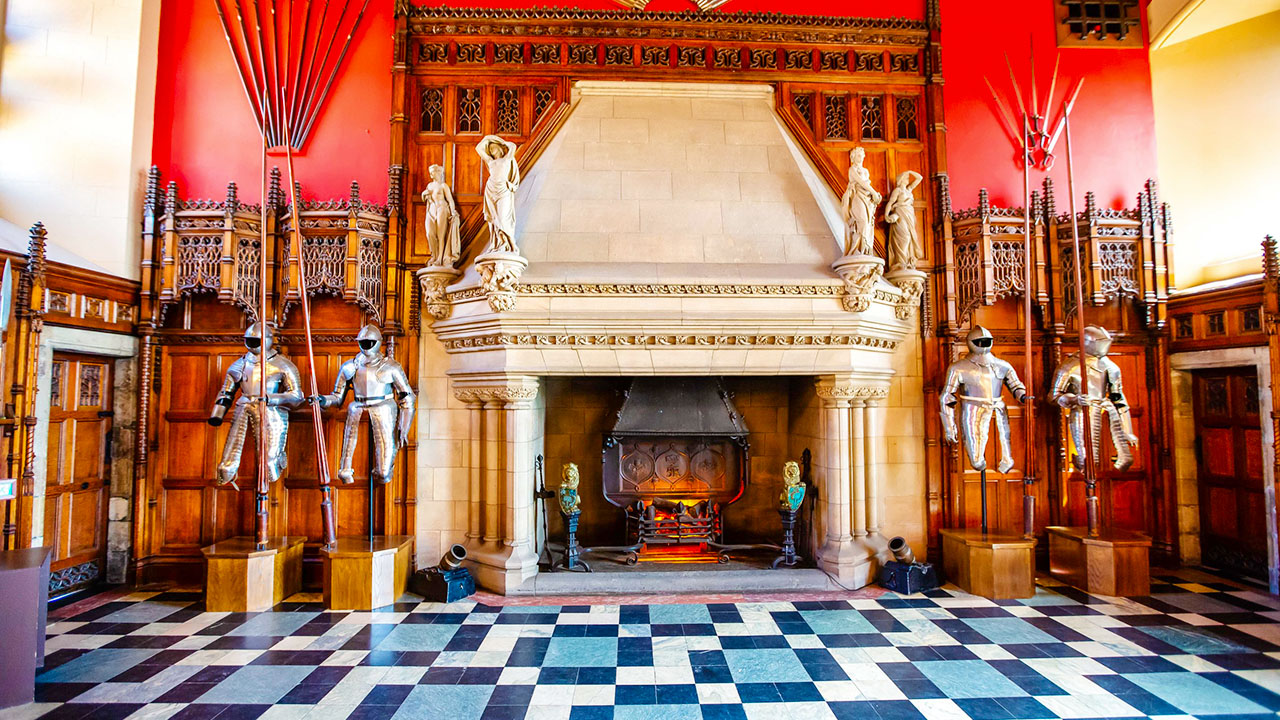
Edinburgh Castle has served as a royal residence for Scottish monarchs and has witnessed numerous significant events, including the birth of King James VI in 1566. The castle’s Great Hall, once the grandest banqueting hall in Scotland, now houses an exhibition exploring the castle’s fascinating history.
Military Significance
Throughout its long history, Edinburgh Castle has played a crucial role in military conflicts, including the Wars of Scottish Independence and the Jacobite Risings. Visitors can explore the castle’s defensive structures, such as the thick walls, battlements, and ancient cannons, gaining insight into the castle’s strategic importance.
Conclusion
The largest castles in the world are more than just architectural marvels; they are living testaments to the rich tapestry of human history, culture, and ingenuity. From the towering fortresses of Europe to the majestic palaces of Asia, these castles have withstood the test of time, captivating visitors with their grandeur and tales of triumph and tragedy.
Exploring these incredible structures offers a unique opportunity to step back in time, immersing oneself in the stories of kings, queens, knights, and commoners who once walked their halls. Whether marveling at the intricate stonework, admiring the lavish interiors, or simply basking in the awe-inspiring presence of these monumental structures, visiting the world’s largest castles is an experience that leaves a lasting impression on the mind and soul.
These castles serve as reminders of our collective heritage, inspiring us to appreciate the architectural achievements of the past while encouraging us to create our own enduring legacies for future generations to admire and cherish.



